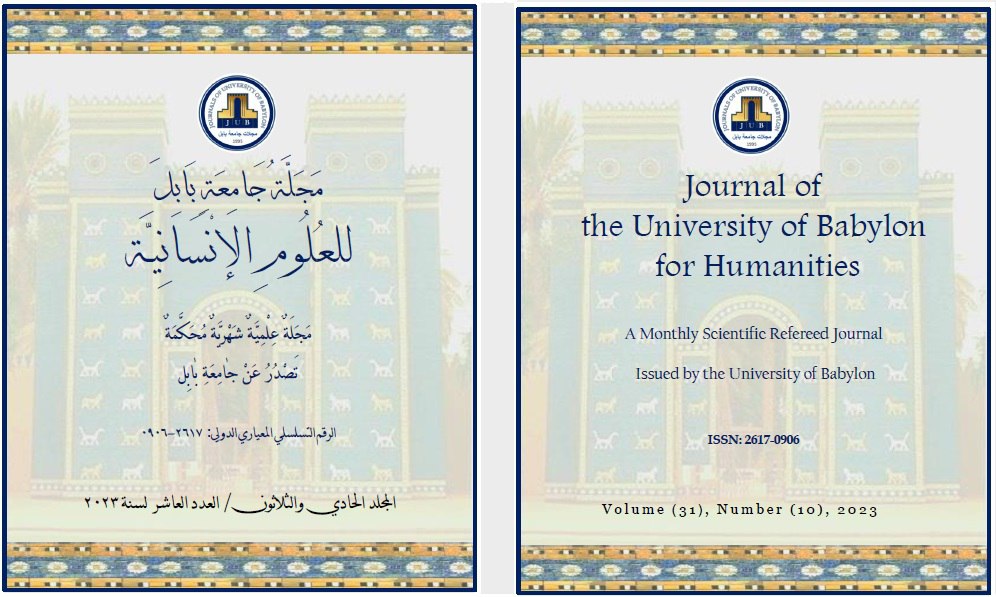النّداء أسلوبًا بحث في التركيب والدلالة: القرآن الكريم نموذجًا
محتوى المقالة الرئيسي
الملخص
يُعد أسلوب النّداء من أكثر أبواب النحو استعمالاً في اللسان العربي، لذلك فهو يعد صورةً أساسية من صور الخطاب، الذي يقصد به – في أصل الدلالة - تنبيه المنادَى، بقصد تبليغه خطابًا معينًا، الغالب فيه طلب شيء، أو الامتناع عن شيء، فيبقى المنادَى منتبهًا لما يُطلَب منه.
ورغم أهمية أسلوب النّداء، فإن النحاة من خلال تعرضهم لتحليل جملتيه كان جلُّ اهتمامهم مقصورًا على تساؤل واحد هو: ما عامل النصب في المنادى؟ أهي أداة النّداء بنفسها؟،أم هي نيابة عن الفعل (أدعو أو أنادي)؟.
والملاحظ من كلام النحاة أن أحدًا منهم لم يذكر موقع إعراب (أداة النّداء والمنادى) من الإعراب في السياق العام لجملة النّداء، وما وجه ارتباطها بالجملة التي تليها؟، إذ إن كثيرًا من النحويين عند تعرضهم لجملة النّداء، يذكرون دائمًا أن (يَا) أداة نداء، وما بعدها اسم منادى مبني على الضم أو منصوب، على حسب أحواله من حيث التنكير والتعريف والإضافة، دون التنبيه على وجه ارتباط هذه الجملة بما بعدها، وبمعنى آخر: ما محل إعراب جملة النّداء (أداة النّداء والمنادى)؟ وما وجه ارتباطها بما بعدها؟، وإذا كانت الجملة التي تليها على وشيجة ارتباط بها فما إعرابها؟.
لذلك سنحاول في هذا البحث الاستدلال على أن سياق النّداء عبارة عن جملتين: الأولى: جملة النّداء (أداة النّداء + المنادَى)، والثانية: جملة جواب النّداء، مجازاة لها بجملتي: الشرط، والقسم...، على أن تكون جملة النّداء لا محل لها من الإعراب ابتدائية أو استئنافية، أو لها محل كأن تكون جملة مقول القول بحسب السياق، والجملة التي تلي جملة النّداء - التي نطلق عليها جملة (جواب النّداء)- تكون في محل نصب مفعول به، إمَّا على غرار جملة المفعول به لفعل القول، أو المفعول الثاني للفعل (سأل)، كقولنا: سألتُ الطالبَ: هل أعددتَ الدرسَ؟، وهو بذلك لم يخرج عن كونه أسلوبًا إنشائيًّا طلبيًّا، كل ذلك عن طريق العرض والتحليل لأنماط جملتي النداء تحليلاً تركيبيًّا دلاليًّا، مطبقًا ذلك على ما ورد في آيات القرآن الكريم.

